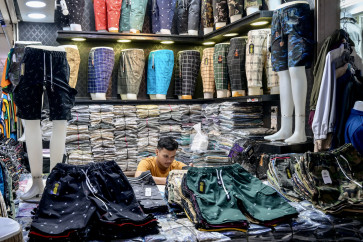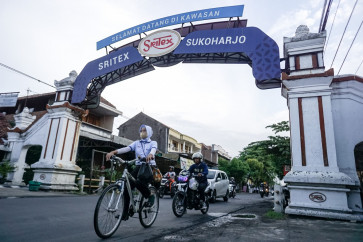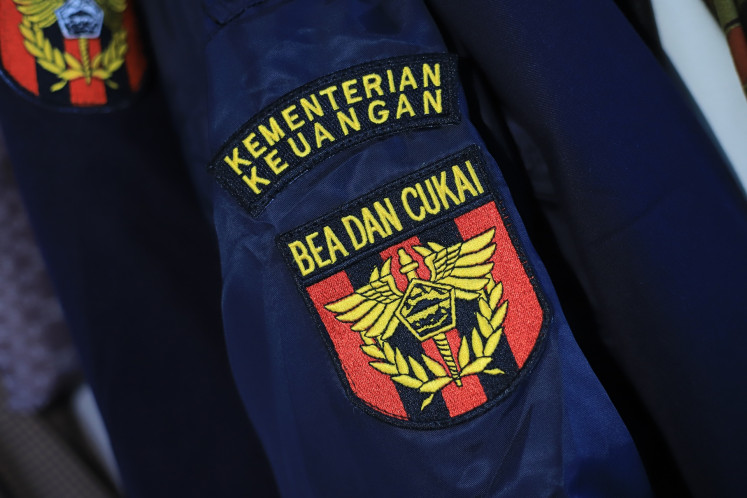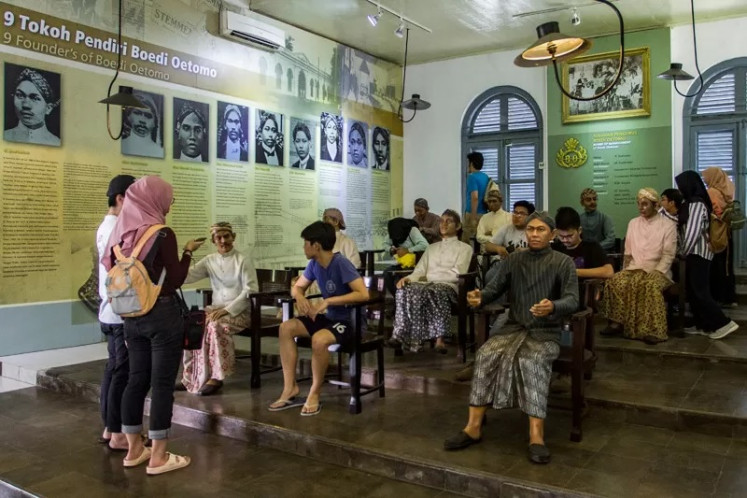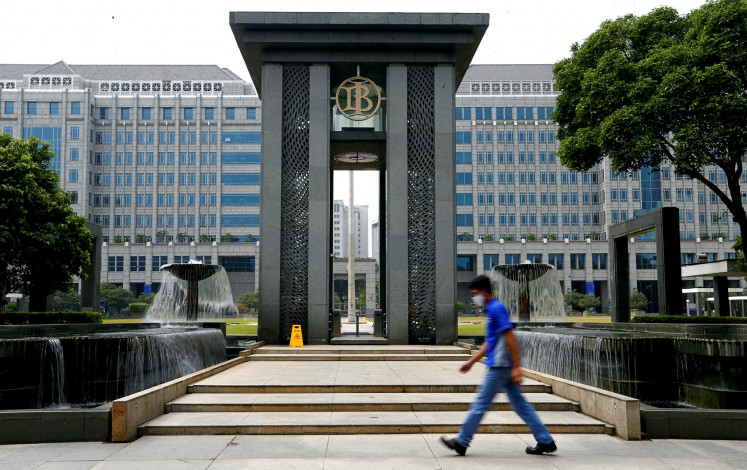Indonesia-Australia: Beyond bilateralism
After periods of fluctuation, Indonesia-Australia relations have matured into a well-developed state of friendship, probably the best that it has ever been
Change text size
Gift Premium Articles
to Anyone

A
fter periods of fluctuation, Indonesia-Australia relations have matured into a well-developed state of friendship, probably the best that it has ever been.
Indonesia’s political transformation from an authoritarian regime to a democratic state was one of the contributing factors that drove bilateral relations in a more positive direction.
Other events in Indonesia and the region also shaped advances in bilateral relations. All this and more gave a new impetus for how the two nations would henceforth be closely interconnected.
This realization was turned into an agreement to formulate and expand relations into a comprehensive partnership, signed in 2005 by both heads of state.
This partnership reached new heights with the signing of the Lombok Treaty the following year, which outlined the two governments’ commitment toward cooperation in the political and security fields.
Since those two milestones, bilateral relations have been constantly improving.
As an indicator, we note that in the last four or five years, leaders of both countries have met each other at least 15 times in various forums.
At the Cabinet level, both countries’ ministers have held meetings on more than 60 different occasions.
All this points to the fact that the comprehensive partnership has gained speed and grows stronger
every year. Many bilateral mechanisms have been made to enforce this partnership, the last three of which are the Annual Leaders’ Meeting, the 2+2 Ministerial Meeting of the Foreign and Defense Ministers, and the Indonesia-Australia Leadership Dialogue.
Both governments readily acknowledge that economic and social ties between the two nations have much to be improved. The economic aspect is one example: Despite bilateral mechanisms such as the Annual Trade Ministers’ Meeting, the Working Group Meeting on Trade & Investment, and the Indonesia-Australia Ministerial Forum, the volume of trade between the two countries leaves much to be desired.
In 2011, bilateral trade was at US$10 billion or up $1 billion compared to the previous year, but is dwarfed by Australia’s trade with Thailand, which reached $17 billion for the same period.
Efforts are being undertaken to increase trade and investment levels between the two countries, such as through the ASEAN-Australia-New Zealand Free Trade Agreement (AANZFTA).
Indonesia and Australia are also ready to negotiate on the formation of the Comprehensive Economic Partnership Agreement (CEPA), which should make it easier to reach both countries’ target of $15 billion in annual trade and investment in the year 2015.
At the community level, several programs have been designed to increase people-to-people contacts such as student exchanges, cross-border visits of faith leaders, an annual bilateral intermedia dialogue, the Australian Volunteers International (AVI) program, the Australian Youth Ambassadors for Development (AYAD) program, and others.
The close partnership between Indonesia and Australia is not only evident at the bilateral level but also at the regional and international levels. Both countries have shared the chairmanship of regional meetings such as the Bali Process, the Inter-Faith Dialogue, the Bali Democracy Forum and others.
In combating terrorism in Indonesia, Australia has not only supported but also funded the establishment of the Jakarta Center for Law Enforcement Cooperation (JCLEC) in Semarang, Central Java. When the US pioneered the Global Terrorism Forum, Indonesia and Australia both formed its Southeast Asia Working Group subdivision.
Indonesia and Australia have also worked together actively in other global and regional forums.
Hence, the fruits of this close partnership and its bilateral cooperation can be seen and felt at the regional and international levels.
In the future, this partnership should not be just maintained but also expanded, specifically geared toward the establishment and management of a regional architecture that will in turn help support and stabilize a global architecture of nations.
It is noteworthy that at the birth of the East Asia Summit, Indonesia was the only country that insisted from the beginning on the inclusion of Australia — as well as India and New Zealand — in the EAS.
Indonesia’s foreign minister at the time, Hasan Wirajuda, likened the establishment of the EAS to a plane, where the inclusion of those three countries would help it fly.
If the fuselage is ASEAN, then the wings are the Plus Three countries of China, Japan and Korea, while the tail wings were Australia, India and New Zealand.
Nowadays, the EAS mechanism is even stronger with the addition of the US and Russia, adding to the premise that a numerical expansion will provide exponential growth.
This also means that a dynamic equilibrium must be guarded and fostered in the new EAS, requiring even more understanding and unanimity among its participants on how to achieve that equilibrium.
The major ingredient in attaining that equilibrium is ASEAN itself, sitting in the driver’s seat in this regional vehicle, which is why internal ASEAN consolidation must continue to be strengthened and perfected while differences should be ironed-out at each earliest opportunity. ASEAN must also be wise in answering and managing the wishes of one or more participants of the EAS regional architecture who seek a larger role within the EAS.
In this regard, besides ASEAN itself, Indonesia can also call upon Australia in such efforts, specifically because both countries have the spirit of comprehensive partnership and on many occasions Australia has also endorsed the centrality of ASEAN.
On the same grounds, when the idea surfaced in the Australian government to provide port and accommodation facilities to American marines on rotation in Darwin, it was incumbent upon the Australian government to convince countries in the region by providing concrete evidence that the policy was not directed at one particular country.
Australia would continue to explain that the placement and rotation of US marines in Darwin was designed as a forward base for emergency relief efforts, and subsequently both the Indonesian and Chinese ambassadors in Canberra were summoned to the Australian Foreign Ministry office to be briefed about those arrangements.
Thus, when President Susilo Bambang Yudhoyono suggested joint exercises between countries in the region, including China, Australia responded to this constructively. We recall that during the EAS in November 2011, Indonesia and Australia had together produced an Indonesia-Australia paper entitled “A Practical Approach to Enhance Regional Cooperation on Disaster Rapid-Response”, whose operational form did call for joint exercises between EAS participants. The paper itself gained the blessing of the participants of the EAS.
It is true that participants of the EAS had previously acceded to the Treaty of Amity and Cooperation (TAC), which was then complemented with the Declaration of the EAS on the Principles of Mutually Beneficial Relations adopted at the EAS in Bali in November 2011, but the implementation phase must be safeguarded and managed in such a way that the benefits of the EAS can be felt by all its participants in equal measure.
Indonesia can continue to stand at the forefront of ASEAN in the safeguarding and managing process, all the while pushing Australia to join in the effort especially in relation to its closest partners within the EAS regional architecture.
If this can be achieved, the Indonesia-Australia partnership can be seen as comprehensive in the real-world meaning of the term, achieving far beyond bilateralism while also bringing a comfortable level of regional stability, which in turn will support global stability and security.
The writer is the Indonesian Ambassador to Australia.


